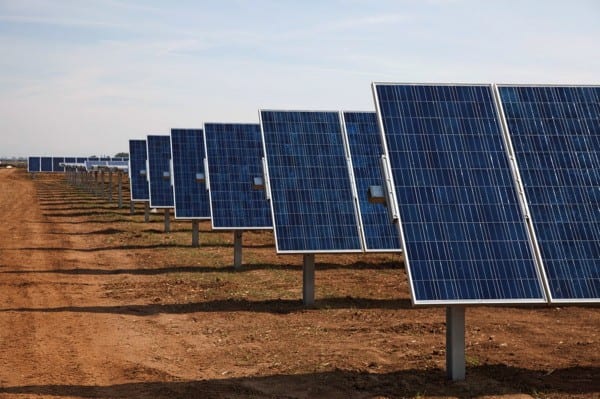As many in Australia’s large-scale solar industry cry foul over the proposed compromise to the renewable energy target, solar developers in Western Australia are sounding more relaxed.
Wind energy is likely to be favoured in most parts of the country because it is further down the cost curve. That means, if the RET is cut – as seems inevitable – wind will get precedence.
But the situation is expected to be different in WA, where solar could get precedence over wind. That’s because of the unique nature of the Western Australian energy market, whose high wholesale prices and “peaky” grid mean that large-scale solar will be to go-to energy source – if and when some certainty in policy is provided.
Richard Harris, director of Perth-based renewable energy development company WestGen, says large-scale solar will take up the early projects in WA because of the state’s need for peak and shoulder energy.
WestGen itself has a 30MW solar PV project on the outskirts of Perth, as well as a 40MW biomass project at Manjimup in the south-west, ready to roll.
“In WA, the first projects likely to be built will be solar and biomass because those projects deliver energy in a way that is particularly useful to the grid,” Harris says.
Indeed, he suggests that WA would build between 400MW and 500MW of renewable energy out to 2020, under the compromise deal being proposed by Clean Energy Council, and now by Labor.
The state currently has 400MW of renewable energy, dominated by wind, including the 207MW Collgar wind farm, but Harris suggests that at least the first 150MW of new capacity could be solar and biomass.
WA is known to have the best solar resources in the world, and WestGen’s is just one of a number of solar projects being contemplated in the state.
Already, it has the 10MW Greenough River solar farm, built by Verve Energy, GE and First Solar. French group Neoen has two solar projects – one near Geraldton and the other in the Kalgoorlie area; while Spanish group Abengoa is exploring an idea to build a 20MW solar tower with storage project, and other solar thermal developers are also canvassing opportunities.
There are thought to be numerous small-scale solar projects also being proposed. Including a 10MW solar farm being considered by Fremantle Council.
Miners are also coming to the party. Sandfire Resources has announced plans to build a 10.6MW solar plant at its copper mine in remote Western Australia, along with battery storage. The builder, German firm juwi Renewables, says numerous other miners are looking at solar PV to offset the soaring and volatile cost of diesel fuel.
Harris says the compromise RET proposal represents a big cut from the current target, but at least would provide certainty to developers and owners of renewable energy projects in WA and around Australia
“In WA, these large-scale projects include solar PV, solar thermal, biomass, wind and wave power – many at an advanced stage of development and ready to be financed and built once there is a bipartisan outcome on the Renewable Energy Target.
“A deal on the RET will quickly unlock huge investments and create thousands of jobs in industries of the future. This is especially important for WA following the downturn in the resource sector.
“In WA, the first projects likely to be built will be solar and biomass because those projects deliver energy in a way that is particularly useful to the grid.
“It is certainly not the end point, because other countries are now setting higher targets to 2030 and beyond and moving to at least 50 per cent of power coming from renewable energy. But let’s just get started.”








